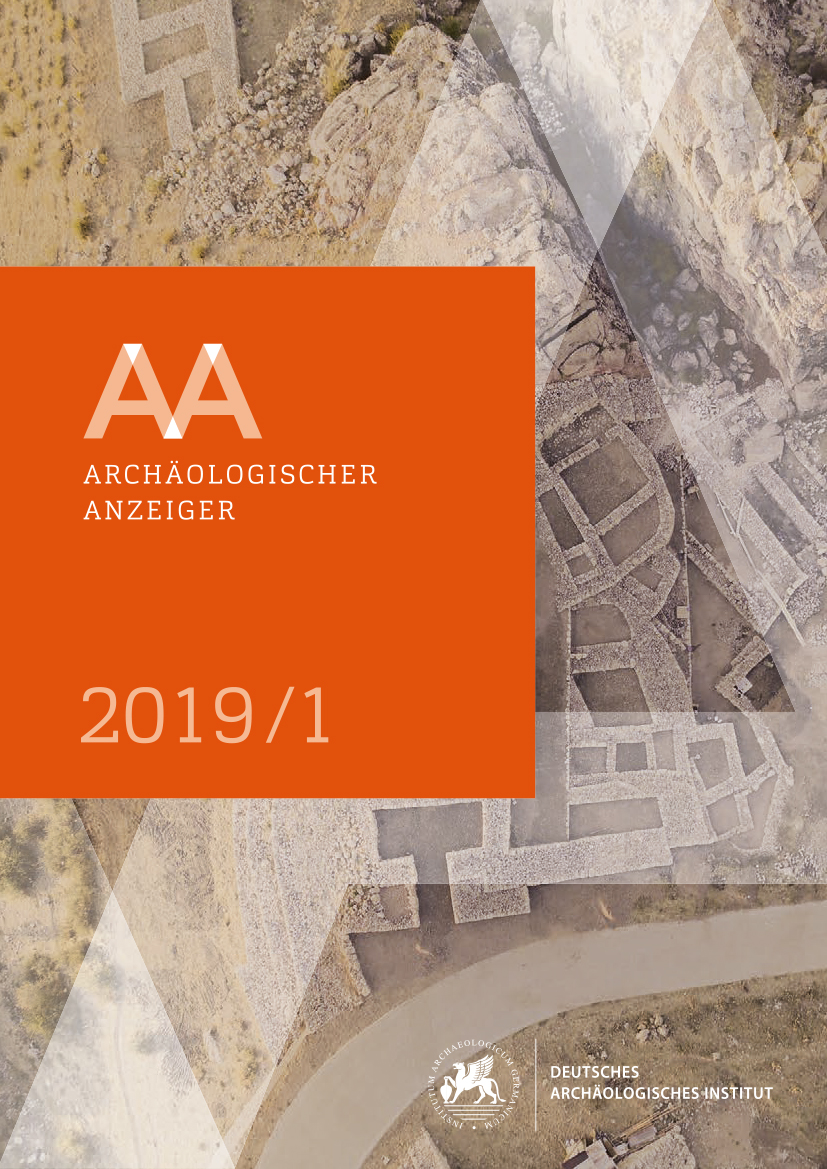The Small Settlement of Babunjë. New Research on the Territorial Settlement Structure Between Apollonia and Epidamnos/Dyrrhachion (Albania)
https://doi.org/10.34780/m01n-7q09
Abstract
The excavations at Babunjë are aimed at clarifying the urban structure, private buildings and in particular the fortifications of the site, which was founded in late Archaic times and abandoned in the early Hellenistic period, and seek to examine it as an example of the complex settlement structure on the east coast of the southern Adriatic. The small settlement of only approx. 5 ha, which geophysical surveys have shown to possess a regular street grid with long, narrow insulae, could have been dependent on Apollonia. The excavations prove that Babunjë was fortified with a circuit wall in the 5th cent. B.C. Different construction techniques and building materials – conglomerate, mud-bricks and layered roof tiles were used – indicate the wall was built in a hurry. Details of the construction processes can be discerned in the stratigraphy. A Classical building has also been investigated; two rooms – turned away from the street and possibly oriented towards an adjoining courtyard – have been exposed so far. An especially noteworthy find is the bronze statuette of a warrior on a galloping horse.Keywords:
Albanien, griechische Kolonisation, Fortifikation, klassische Wohnhäuser, Bronzestatuette
Downloads
Published
2019-11-18
Issue
Section
Artikel
Bibliographic Information and Reviews
How to Cite
Fiedler, M., Shehi, E., Pánczél, S.P. and Döhner, G. (2019) “The Small Settlement of Babunjë. New Research on the Territorial Settlement Structure Between Apollonia and Epidamnos/Dyrrhachion (Albania)”, Archäologischer Anzeiger, 1, pp. 1–43 (§). doi:10.34780/m01n-7q09.





